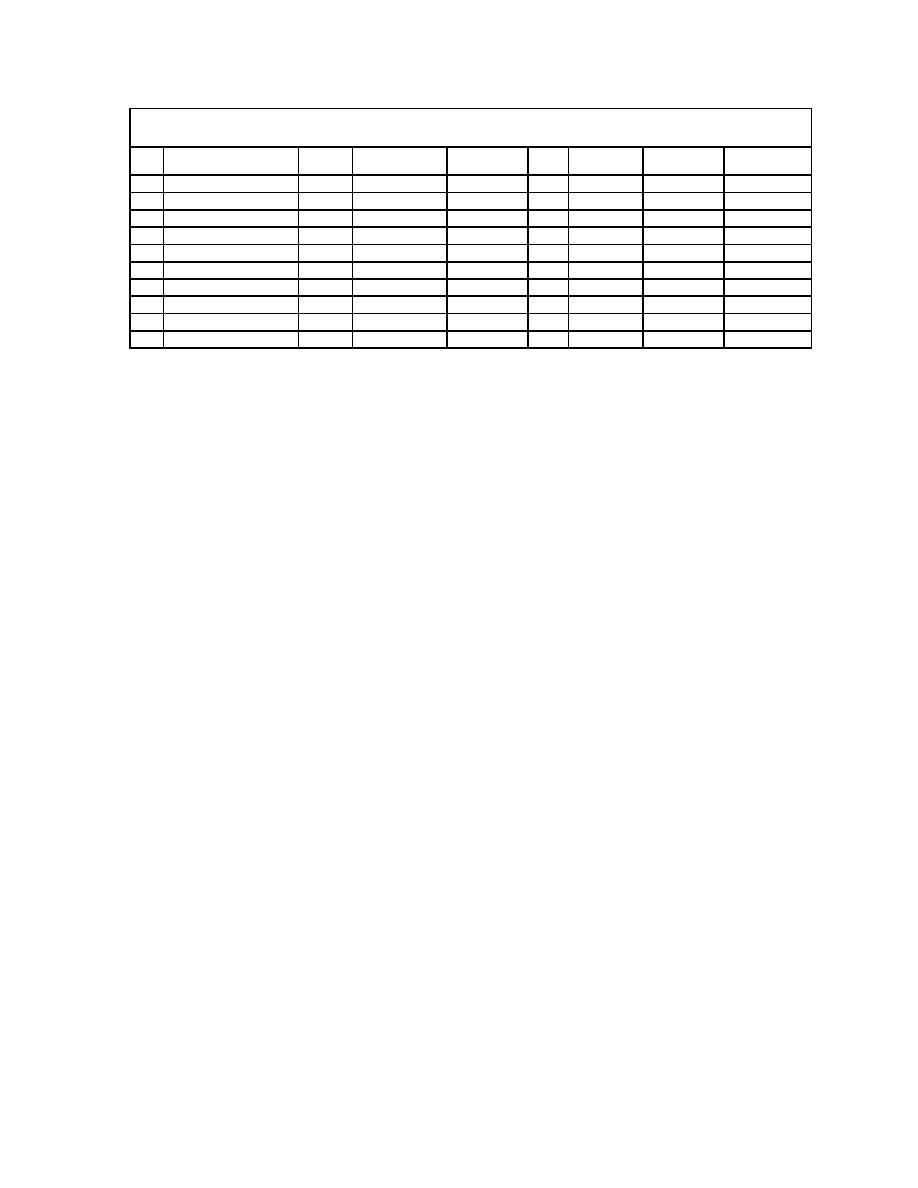
Table B.4. Summary of Applicability of Selected Sediment Transport Relations
(Kodoatie et al. 1999).
Med Very
Very Fine to
Small
Intermed
Large
Method
Gravel
Coarse Sand
Fine Sand
Silt
Rivers
Rivers
Rivers
1
Ackers and White
X
X
2
Bagnold
X
X
X
X
3
Brownlie
X
X
X
X
4
Einstein
X
X
5
Karim
X
X
X
6
Karim and Kennedy
X
X
X
7
Laursen
X
X
X
X
8
Shen and Hung
X
X
X
9
Toffaletti
X
X
X
X
10
Yang '73 and `84
X
X
X
B.3 POWER FUNCTION RELATIONSHIPS
B.3.1 Introduction
Power relationships empirically relate sediment transport with hydraulic conditions and
sediment characteristics. They can be developed by fitting the coefficients to computed
sediment transport from more sophisticated equations or to measured data. Their utility is in
their ease of use and, when developed from measured data, their site-specific accuracy.
B.3.2 Basic Power Function Relationship
method is based on variables flow depth, velocity, and particle diameter, and gradation
coefficient. It can be easily applied in steep sand and fine gravel-bed creeks and rivers that
normally exhibit critical or supercritical flow. It will also be shown that a modification of this
relationship can be applied to subcritical rivers. This is the only transport relationship
specifically developed for upper flow regime conditions. These power relationships were
developed by Simons et al., from a computer solution of the Meyer-Peter and Mller bed load
transport equation and the integration of the Einstein method for suspended bed sediment
discharge (Julien 1995) and expressed as
qs = c s1y cs2 V cs3
(B.3)
where:
= Unit sediment transport rate ft2/s (m2/s)
qs
cs2, cs3
fine gravel
= Coefficient based on mean particle diameter (note that Cs1
cs1
must be adjusted for SI units - see Section 4.8.2)
y
= Mean flow depth, ft (m)
V
= Mean velocity, ft/s (m/s)
B.15





 Previous Page
Previous Page

